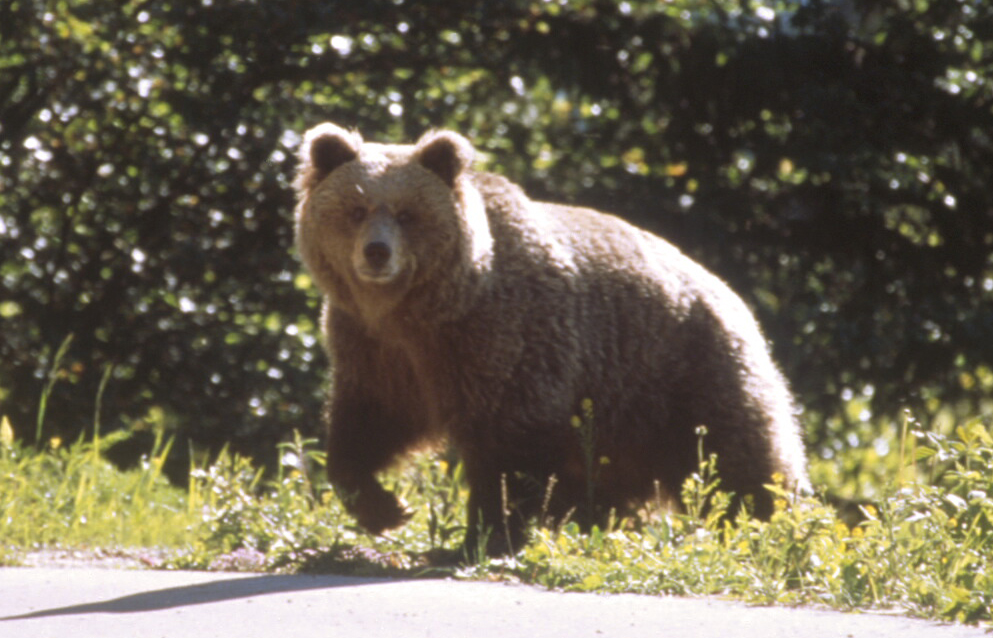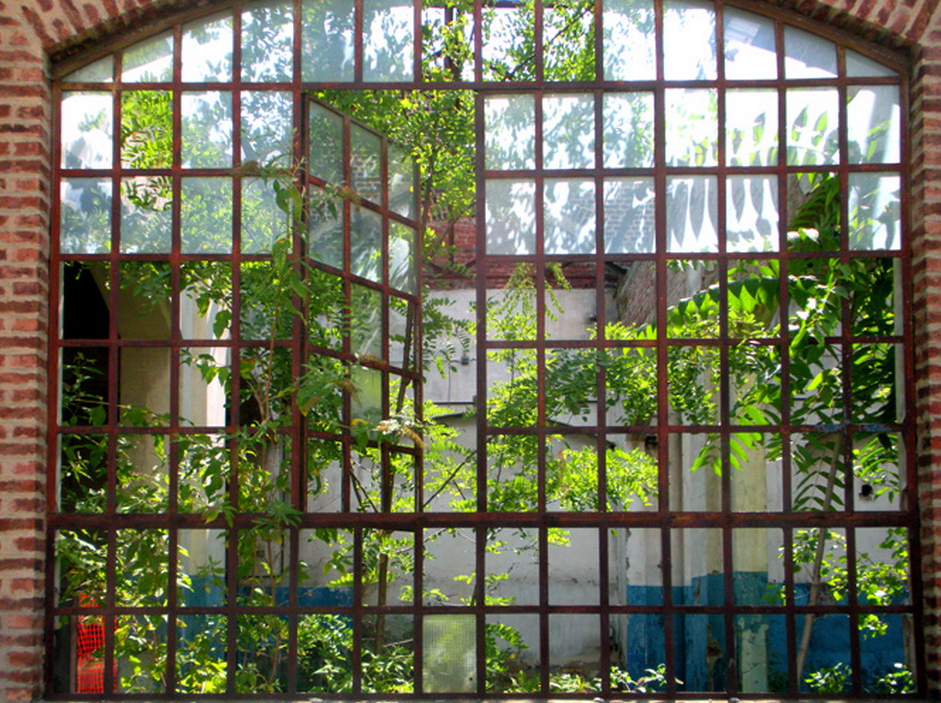 Now published at : https://www.mdpi.com/2076-0787/14/5/108
Now published at : https://www.mdpi.com/2076-0787/14/5/108
 Now published at : https://www.mdpi.com/2076-0787/14/5/108
Now published at : https://www.mdpi.com/2076-0787/14/5/108
A talk given at Conference : Orsi e umani in Trentino.
Videorecording available at https://www.youtube.com/live/P8ZSYzYg7Lo?feature=shared&t=10883

(with Carlo Brentari and Federico Comollo)
Abstract. We propose the notion of bioability as the subjective correlate to biodiversity. Bioability entails the capacity to maximize the forms and patterns of life within given ecosystems. Cutting across the natural and social sciences, the bioability approach opens up a field for research and intervention, which focuses on the imaginational and aspirational dimensions of terrestrial politics. In the context of increased awareness of climate tipping points, developing bioabilities help advancing experimental practices in ecological conversion.
>>> Draft available upon request.
A reading of Ruben Östlund’s Triangle of Sadness through Fascist and Aberrant Leadership
Abstract. In this piece, we puzzle about the social logic of leadership through the lens of the movie Triangle of Sadness (2022), directed by the Swedish filmmaker Ruben Östlund. We flesh out a distinction between two modes of leadership, which we call, respectively, fascist and aberrant, and elaborate on how these are seen at work in the film. Phenomena of leadership, we suggest, illustrate the workings of social logic ex vivo, and offer exquisite examples of how intensities intervene in social interaction, giving rise to the tensive states in which the local protagonists of interaction are caught.
Keywords: social theory, social interaction, social logic, social intensities, leadership
–> Contact me if interested in reading the draft!
Following the law of separation of the old Herbert Spencer, the selection of heterogeneous talents and vocations was bound to take place of its own accord. In fact, at the end of a century there was already underground in course of development and continuous excavation a city of painters, a city of sculptors, a city of musicians, of poets, of geometricians, of physicists, of chemists, even of naturalists, of psychologists, of scientific or aesthetic specialists of every kind, except, strictly speaking, in philosophy. For we were obliged after several attempts to give up the idea of founding or maintaining a city of philosophers, notably owing to the incessant trouble caused by the tribe of sociologists who are the most unsociable of mankind.
Gabriel Tarde, Underground Man
Je haïs ces brigands! said an aristocrat named M-ski one day in Omsk as he strode past Dostoevski with flashing eyes. Dostoevski went in and lay down, hands behind his head.
Anne Carson

New paper on Alex Langer, ecology, politics, measure.
Now published at | https://link.springer.com/chapter/10.1007/978-3-031-36667-3_5
“We go on living, we permit ourselves
to continue—but certainly
not for the university, what they publish
.
severally or as a group: clerks
got out of hand forgetting for the most part
to whom they are beholden.
.
spitted on fixed concepts like
roasting hogs, sputtering, their drip sizzling
in the fire
.
Something else, something else the same.”
William Carlos Williams
Happy to join a Tesserae Dialogues online, with Stavros, Laura & Lorenzo:
http://www.tesserae.eu/tesserae-dialogues-7-stavros-stavridis-and-andrea-mubi-brighenti/
Register free at https://www.eventbrite.com/e/tesserae-dialogues-7-stavros-stavridis-andrea-mubi-brighenti-tickets-419499824267
Happy to be included witha short feature in Coabitare l’isola. Spazio pubblico e cura dei luoghi, Edited by Giorgio Azzoni and Pasquale Campanella (Mimesis, 2022).


Toblach/Dobbiaco, EUREGIO Kulturzentrum ‘Gustav Mahler’, June 8-10, 2022
Preliminary Programme
Happy to join the Symposium TEMPORARY – Citizenship, Architecture and City organised by Vando Borghi and Andrea Borsari, on Thu, Nov 11, 2021.
full programme here
+ info | https://da.unibo.it/it/eventi/temporary-citizenship-architecture-and-city-1
A short commentary on evaluating science, now published in Social Science Information: https://doi.org/10.1177/05390184211021205
Urban Animals—Domestic, Stray, and Wild
Notes from a Bear Repopulation Project in the Alps

by Andrea Mubi Brighenti & Andrea Pavoni
Finally OUT in Society & Animals
https://doi.org/10.1163/15685306-12341580
Abstract. This piece explores ‘domesticity’ as a social territory defined by the relationship it entertains with the conceptual and material space of ‘the wild’. The leading research question can be framed as follows: do these two spaces stand in opposition to each other, or are more subtle relations of co-implication at play? As we enquiry into the domestic and the wild, a richer conceptual map of notions is drawn, which also includes the public, the common, the civilised and the barbarian. The case study that illustrates this dense intermingling of categories is offered by the case of Daniza, a wild brown bear introduced in the Brenta Natural Park on the Italian Alps in the 2000s, who repeatedly came into unexpected, accidental contacts with humans. Declared a ‘dangerous animal’, Daniza was controversially killed by public authorities in 2014, officially in an attempt to capture her with anaesthetising bullets, but in a way that still leaves doubts about the degree of voluntariness of the killing. The piece argues that the domestic and the wild constitute two semiotic-material domains constantly stretching into each other without any stable or even clear boundary line, and elaborates a series of corollaries for studying animals in urban contexts.
Keywords: Domesticity; Domestication; Wildness; Bears; Urban Animals; Territorial Governance
TOC
Introduction – Domesticity as Urban Prolongation
Conclusions


OUT NOW in CULTURE, THEORY AND CRITIQUE
The vegetative stratum is a layer of existence that is inherent not only in plants. Here, I propose to look at how vegetative life – or, the vegetative mode of existence – affects cities. The vegetative mode of existence is not focused on activities, routines, achievements. Here appears a city that is not industrial or industrious. When the industrious city retreats, or falls apart, the vegetative stratum becomes visible. The vegetative city is a city without any central nervous system. I suggest the interpretation of the vegetative city as a hopeful manifestation of the urban that only takes place when the time is ripe.
Also here
(with Cristina Mattiucci) in Progetto Città-Valli, Quaderno n. 1 – ESSERE CITTADINI IN MONTAGNA
brighenti-mattiucci-2017-questioni-aperte
Book available at : http://www.ashgate.com/isbn/9781472410016
Fulltext also here
A couple of reviews published in : Urban Research & Practice and IJURR
Symbolische Aktionen für unsere Gegenwart
Azioni simboliche per il nostro presente
Jederland presents
Fr, ve 02.12.2011 // h 15-17.30 // Lungomare Bozen-Bolzano
Öffentlichkeit und Gemeinschaftlichkeit messen
Misurare pubblico e comune
Workshop mit, con Andrea Mubi Brighenti (Soziologe, sociologo)
& Pierangelo Schiera (Staatshistoriker und Politikwissenschaftler / storico dello stato e politologo)
in Scienza & Politica, 44/2011
Disponibile qui: http://www2.spbo.unibo.it/dist/scienzaepolitica/index.php/scipol/article/view/350/347